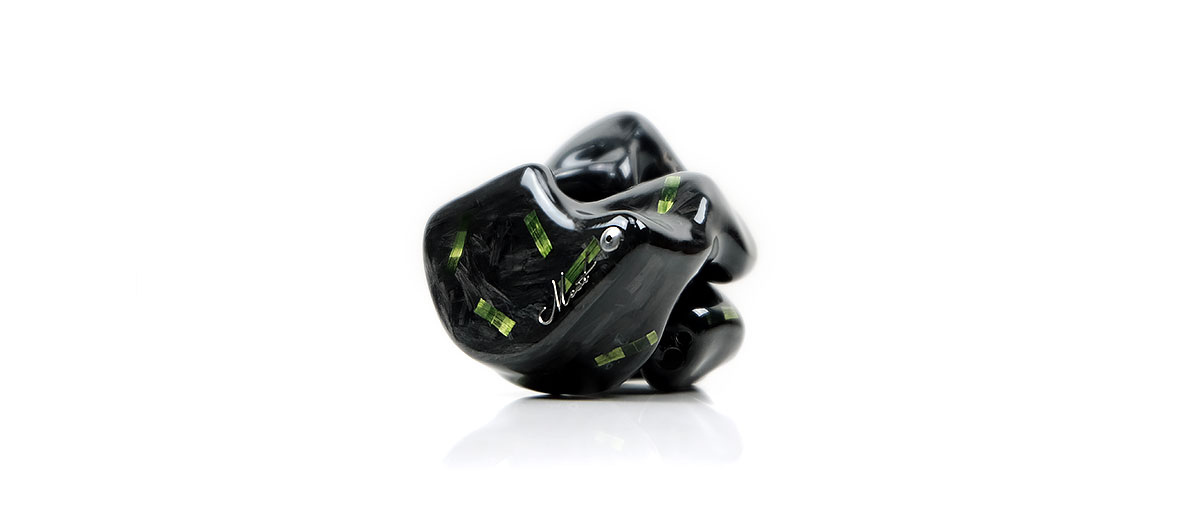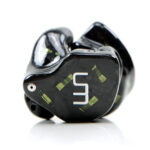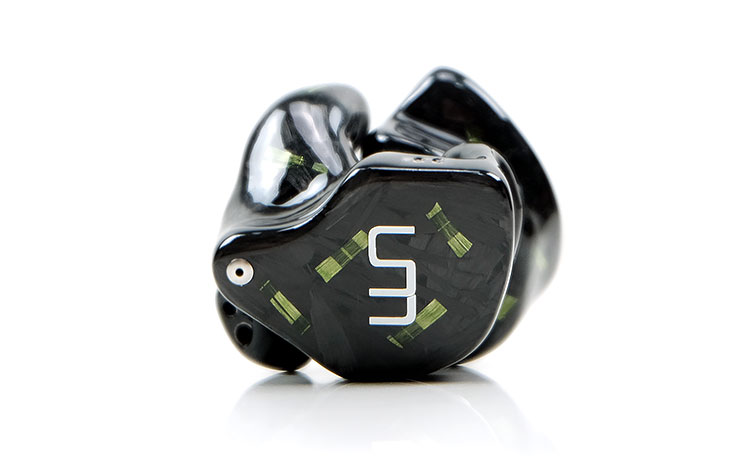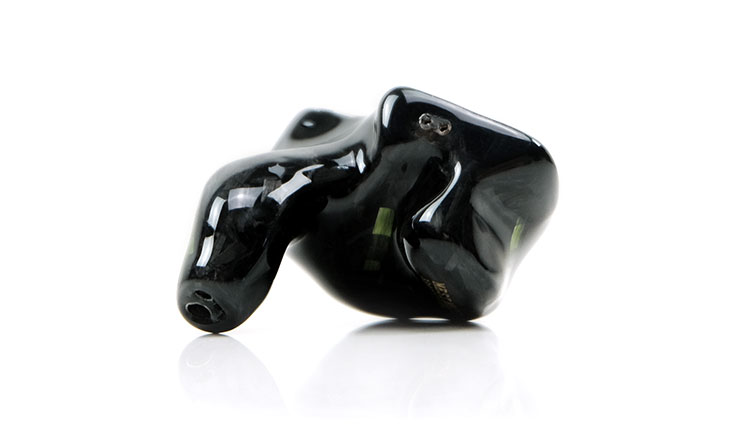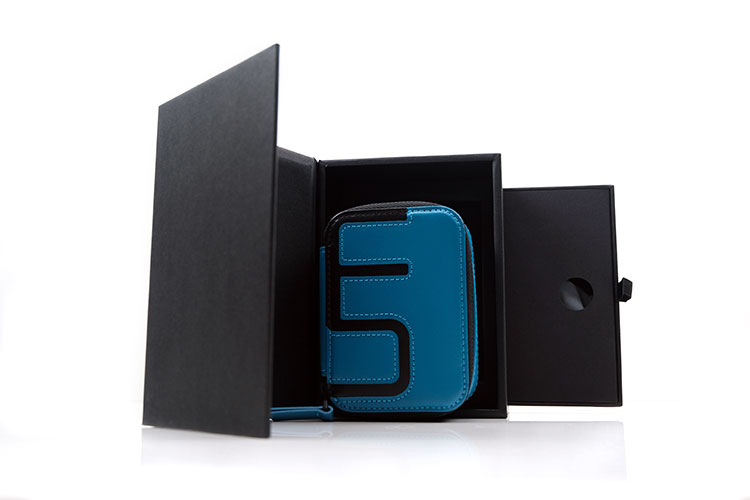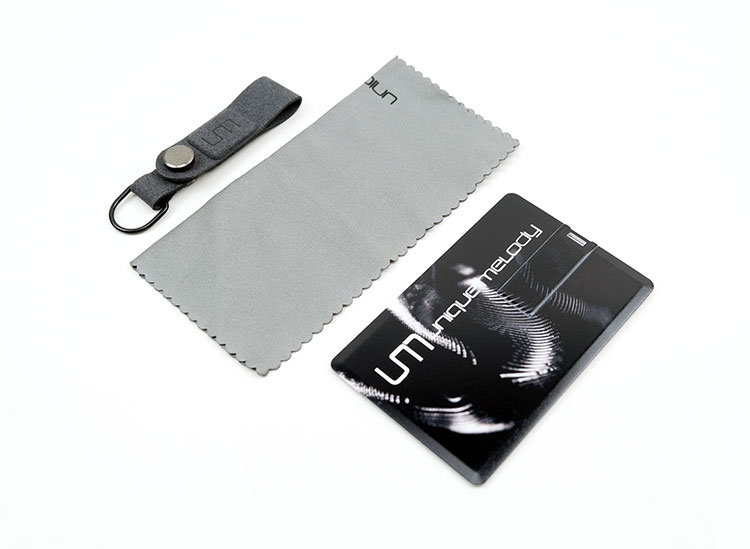The Unique Melody MEST MKII is a 2nd generation custom monitor featuring a fusion of dynamic, BA, Electrostatic, and bone conductor drivers. It is priced at $1799.
Disclaimer: The Unique Melody MEST MKII or MK2 that was sent to us is a sample in exchange for our honest opinion in this review. We thank Unique Melody and MusicTeck for this opportunity.
To learn more about Unique Melody products on Headfonics you can click here.
Note, this 2-page review follows our new scoring guidelines for 2021 which you can read up on here.
Around the middle of last year, Unique Melody pulled a ‘rabbit out of the hat’ with the launch of the MEST. Not only did it push the boundaries in terms of varieties of drivers used including a bone conduction driver of all things but its tuning and price were very appealing also. Needless to say, it won our Top Gear 2020 Custom IEM of the year.
So, I am not wholly surprised but still quite intrigued that UM has announced the new Mest MKII. I suspect there is a desire to continue the life-cycle of what is turning out to be a very popular IEM in both custom and universal format.
The version of the MEST MKII we have here for review is the custom version with the universal version $300 cheaper. There may be some differences to the universal version’s sound signature compared to the custom given the use of tips and a different type of seal.
A lot of manufacturers tend to see the custom version as the purest form of how they intended their monitor to sound.
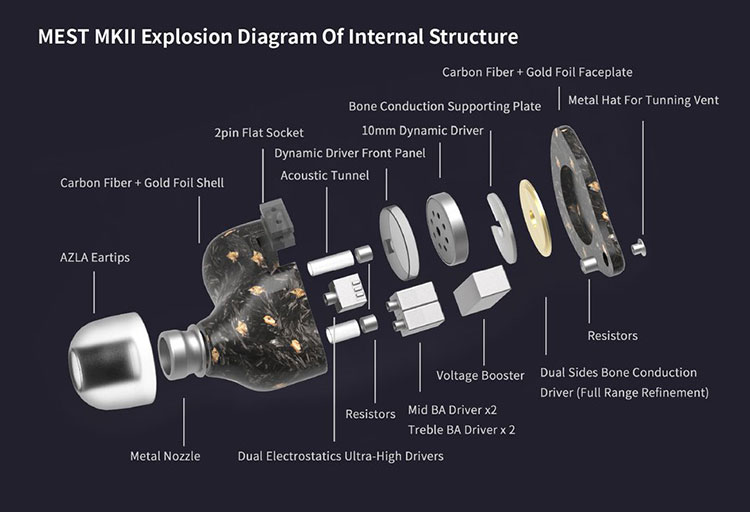
Tech Inside
Configuration
The MEST MKII driver selection has remains unchanged since the original MKI. That means a very unique combination of dynamic, BA, electrostatic, and bone conduction that at the time of writing no other big brand name in this hobby is doing.
The precise configuration is also unchanged, which means it’s as complex as before. You get a single 10mm dynamic driver for the lows, a dual BA driver unit for the mids and upper mids, dual BA for the highs, and dual Sonion electrostatic drivers for the ultra-highs.
The bone conduction driver is more of an outlier adding an additional layer from around the upper bass to the upper treble which is more expansive than in the first MEST. There also seems to be no change with the crossover in use with both the MEST MKII and original MEST using a 5-way crossover.
A final observational note is the efficiency level which has changed from 14Ω and 118dB on the original MEST to 12.3Ω and 112dB SPL on the new MEST MKII. I am expecting the new version to be marginally less efficient.
New Bone Conduction Driver
UM has swapped out the original Bone Conduction driver for a dBC-s dual-sided Bone Conduction System that is also being used by their $6k Mason FS flagship monitor. This is essentially a double-sided piezoelectric bone conduction driver placed between two supporting plates with a ceramic-coated vibration board placed at the center of the driver.
These drivers are almost always coated in a ceramic piezoelectric layer that can receive and emit an electrical charge converted into those physical vibrations.
The net sum is a much bigger plate and shell contact zone than the original bone conduction system from the first MEST and ideally, it should deliver a more audible and responsive performance.
That will also explain why the applicable driver layer frequency range has greatly expanded from just the mid-highs in the original to 500Hz up to around 20K on the new MEST MKII.
Design
Aesthetics
With the launch of the MEST MKII has taken the opportunity to broaden the choice of their existing intricate carbon-fiber designs. If you are new to this range they are indeed quite striking with their dark smoky translucent black tones with tons of fibrous materials encased making for a very handsome brushstroke type of aesthetic.
The original MEST we covered was completed in red which is no longer available for MEST MKII. This one is officially called ‘Carbon Fiber & Green Fiber’ but you can also select gold foil, gold metal, purple, and silver metal brushed panel options.
If you wonder what they look like, we have covered the gold foil finish in our Mason V3+ review previously. The one difference I have noted in the latest carbon fiber finish is the saturation of the green foil on this MEST MKII. It does seem to be brighter and bolder than the original MEST red.
Changes
UM has also gone to some length to explain how they have reduced the overall volumetric dimensions of their universal version of MEST MKII. However, given this is a custom version I honestly was not expecting any difference in size. How wrong was I? Very. The MEST MKII custom version is not as tall or as deep as the original and feels a little lighter.
Gone also are the protruding connector stems and instead we now have a very regular 2-pin connector system that sits flush to the shell. That will give cable rollers no end of joy given how unsteady aftermarket 2-pin cables wherein those older taller sockets are without the protecting sheaths.
The final change is the venting port on the MEST MKII faceplate which UM called a tuning vent. On the original MEST, this was an open hole in the plate whereas it now uses a precisely sized metal vent which kind of looks like a small hat with a hole in the middle. Apparently, this will better regulate the airflow and improve the dynamic driver performance as a result.
Stock Cable
A new design also means a new cable. This time a collaboration with PW Audio of Hong Kong titled, the “UM Copper M2” and on its own, this is being sold for $562 on Musicteck so it is by no means an afterthought.
Internally, this is a 24AWG gauge OCC copper 4-wire geometry wrapped in a caron fiver sleeve and applied with a black PVC coating on the external surface. The wire is braided up to a black metal long barrel splitter and then twisted up to the left and right matching black 2-pin barrels.
The jack options come in TRS 3.5mm as well as TRSS 2.5mm and pentaconn 4.4mm depending on your preferences. I do love the new barrel on the M2 cable, it perfectly matches the splitter and connector barrels with its matte black finish and minimalist branding in white. It also has a slightly concaved shape to allow your pinkies to better grip the barrel.
The only caveat is the barrel size which is a bit on the fat size so just be aware of that if you are using sources with very little space between output ports. The other noticeable finishing is a soft memory silicone wrap which seems to be the norm now on good aftermarket cables. It is soft springy and easy on the back of your ear.
In terms of handling, the overall feel slightly harder than some PVC cables I have used before but otherwise, it does not have much of a memory retentive quality to its design. It is not that heavy either with super low microphonics below the splitter and a nice balance and no pressure hotspots around the ears.
Comfort & Isolation
I believe the MEST MKII is 3D printed but, as always with customs, comfort and isolation will depend on the quality of your submitted molds. I always recommend trying to get a digital scan and sending that in STL format to reduce costs and improve consistency in your finished custom, especially if the scan is accurate.
In the case of this design, the fit is excellent with what I would describe as a “pro” fit rather than a relaxed fit. What that means is that the nozzle is relatively long compared to some competing customs so it will go deeper and close to the second bend of your ear canal. That general improves the security of the fit and isolation.
Excellent also means not too much pressure on the ear canal to get what I would describe as a top-class level of isolation for a vented custom shell. This is almost BA levels of isolation with very little detectable background noise. Not quite Vision Ears VE7 all-BA levels but then again it does not have a port giving it an advantage for passive isolation.
The new MEST MKII flush connector socket combined with the new cable and lighter shells also feels a little more relaxed in the ear than the bigger connecting stem arch and larger shells of the original MEST.
Packaging & Accessories
The MEST MKII packaging has not really changed since the first MEST and it is a case more of function over form with a plain compact jewelry slider type retail box with gold embossed branding to the front.
Inside, you have a dual tray with the carry case at the top and the rest of the accessories in the lower slide out. Inside the carry case, you will find the UM M2 cable and the drivers whereas the lower tray will hold everything else including the tips if you bought the universal version.
The carry case is the same Dignis designed blue zippered leather case from the MEST MK1 with internal fabric dividers to protect the drivers from the cable barrels. It is a bit big for pockets but will allow you to stuff a few cables in there alongside the drivers without being cramped for space. It is also stiffened on the outside for a degree of protection when in use.
Accessories for the MEST MKII also include a cleaning cloth, digital business card, and a handy MEC (magnetic earphone clip) cable organizer strap which doubles up a shirt clip.
The strap was first seen on the Mason V3 back in late 2017 and is pretty nice actually. Rather than a click button mechanism, it uses a soft suede strap with a magnet underneath so it just snaps together really easily.
Sound Impressions
Summary
The MEST MKII custom version is a much smoother and more powerful sounding monitor compared to the original MEST MKI custom. This is a tuning that switches away from the original’s pristine tonal balance and its higher levels of contrast to produce a performance that is richer and fuller sounding.
You could argue this is the MEST for longer listening sessions with less treble emphasis and some enhanced warmth reaching up from the mid-bass into the mids to create a more even harmonic sounding tuning. None of the detail and dynamic range is lost, by the way. It is the same set of drivers, just a different sound signature.
Frequency Response
No denying there is some power now from the dynamic driver of the MEST MKII accompanied by a much milder drop from 100Hz down to 1k. The sub-bass response has the strongest bias as I was hoping it would be given that the original already had tendencies in that direction.
This time there is the definitive enhancement of the sub-bass amplitude and combined with less of a mid-to-upper bass suck out everything south of 1k sounds beefier, warmer, and more authoritative.
I suspect there is also a minor uptick into the lower mids but given the upper-bass curve doesn’t sound as dipped as before, the transition into the mids sounds very subtle with a less obvious bass to mids level of separation.
Mids tuning on the MEST MKII is a little more relaxed and not as forward or as bright as the original and there does seem to be a slight upper-mids dip but very marginal. There is a small bump from 1-3k but it is not overly emphasized so vocal positioning for me is not overly forward but benefits from a superior level of weight and body.
From 5k onwards the treble is tastefully lifted with a plateaued type of tuning up to 8k rather than a narrow band beak and a slight fade beyond.
There is no shortage of headroom from those electrostatic tweeters but this time the treble overtones are nicely countered with the enhanced warmth and richness of the low-end so the net effect is that fuller smoother sounding midrange.
Timbre
The MEST MKII does a very good job of dulling down any distinct driver texture deviations throughout the frequency response which can often happen with complex hybrids.
There is less of a sharp contrast from that rounded broad dynamic driver texture and the cleaner lighter BA note strike that you might have expected. As a result, the timbral transitions are very smooth and coherent sounding, perhaps more so than the original.
On the low-end, the tone is weighty, authoritative with excellent power, and PRaT. This sounds more like how a dynamic driver should perform considering how controlled the original was.
Notes throughout this range and right up to 1K have a very solid fundamental and a more rounded tone to their timbre than before. You also get a bit more counter warmth from the stronger elevation through the mids and upper bass so the BA timbre has less shimmer and more girth.
Vocal timbre sounds more natural to ever so slightly sweet rather than pristine and light in their delivery. That is important because the last thing you want is a dull tone with no lift from the treble in some botched way to avoid sibilance and splashy percussion strikes.
Some might find the MEST MKII vocals a little less vibrant and forward compared to the original. However, the originals’ vocals whilst more focused, carry less weight and do not sound quite as natural with a slight dryness to their timbre.
This is a fantastic treble tuning now with an almost perfect balance between it and the enhanced low-end warmth and power. It is not a super high contrast sound and nor does it create an overly ethereal overtone. Rather it has just enough influence to create a very natural sounding upper-mids timbre, particularly for percussion.
Staging
There is no change in the resolution or dynamic range between the original and the MEST MKII. The slightly softer smoother tuning might give you a perception of a more relaxed staging quality beyond 1k but in truth, the clarity combined with the better weight just produces a different emphasis.
It is normally easier with brighter cleaner sound signatures to pick out airy spatial cues but the payback sometimes is a less distinct low-end and this is where the MEST MKII does very well indeed.
The depth has improved considerably as well as the amount of perceived space and room below 1k. You do get some impressive lower-mids instrumental presence and power with the MEST MKII.
The MEST MKI did bring the vocals a bit further forward for me with its brighter tuning. The vocal imaging on the MEST MKII will seem comparatively neutral and more laid back in its positioning but does carry the better body and weight.
The MEST MKII is not as wide or as tall as something like the new Vision Ears VE7’s excellent stereo imaging capability. However, the stretch from front to back combined with that superior depth does create a very roomy holographic feel to the sound stage.
Click on page 2 below for pairings and select comparisons

